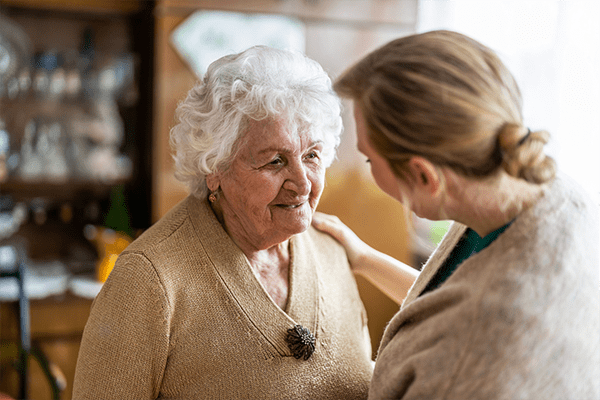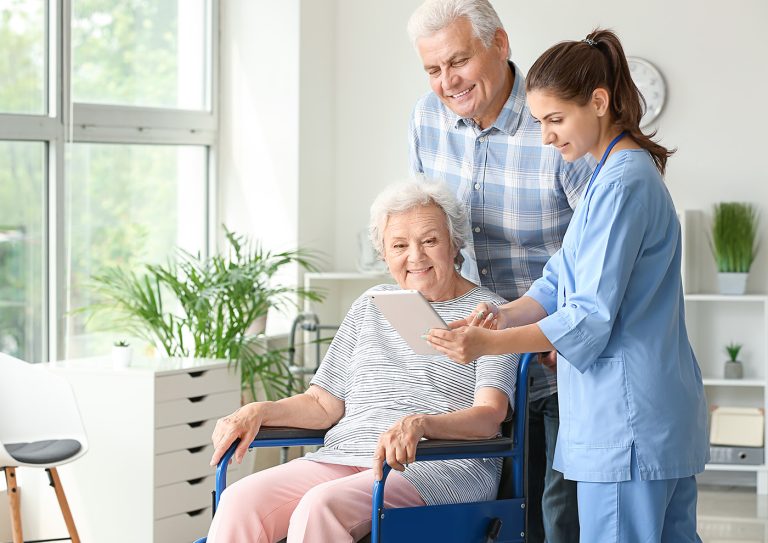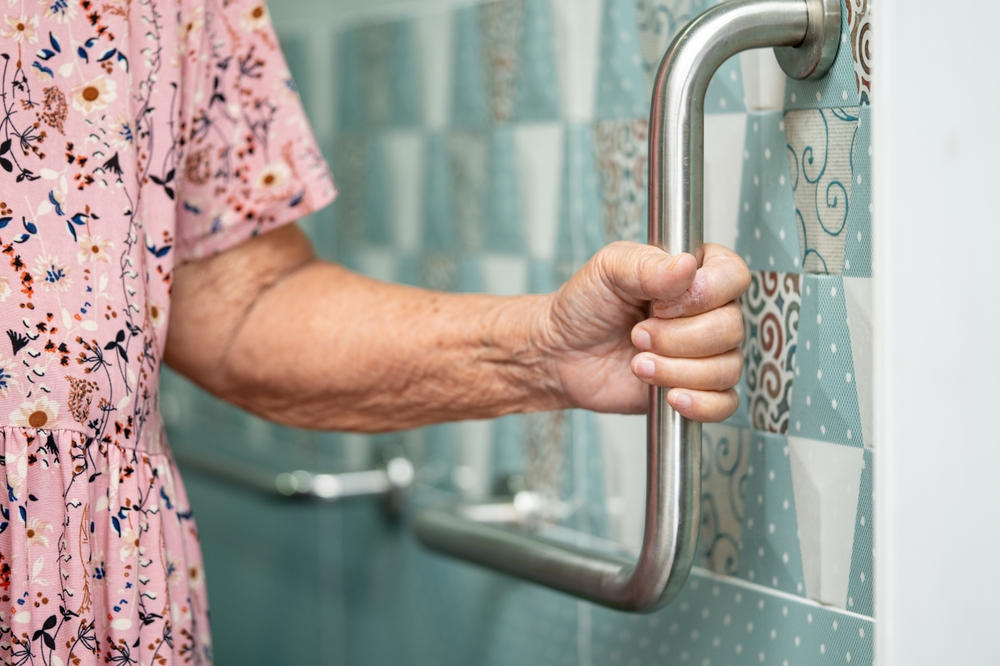The aging population is growing, and with it, the need for innovative solutions to improve the quality of life for seniors. One of the most significant risks faced by older adults is the possibility of falls, which can lead to severe injuries and a decline in independence. In this article, we’ll explore the importance of fall detection systems and how they contribute to enhancing the senior quality of life.
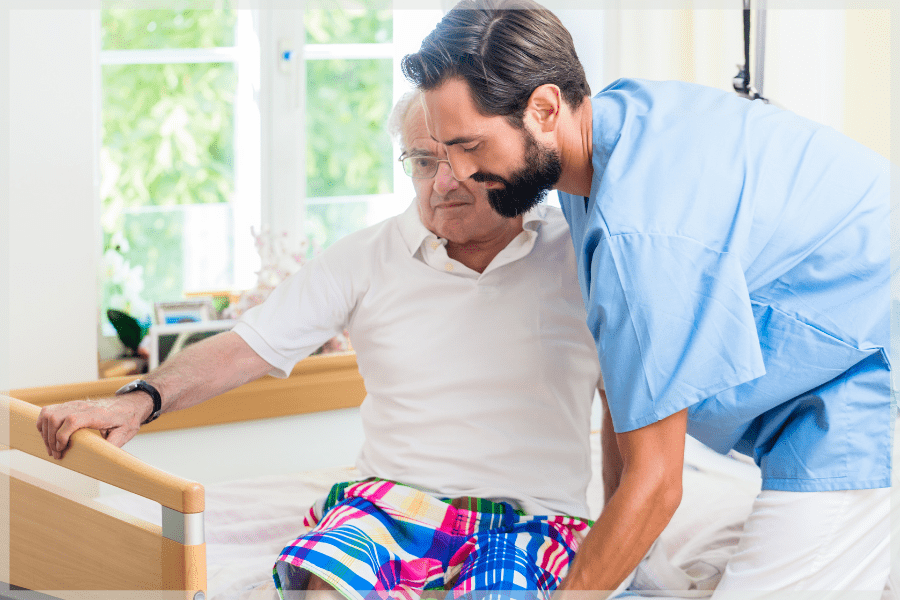
The Importance of Fall Detection
Fall detection systems are crucial in providing timely assistance to seniors who experience falls. These systems can be life-saving, ensuring help arrives quickly, minimizing the risk of prolonged injury or complications. By incorporating technology into healthcare for seniors, we can significantly enhance their safety and independence.
Understanding Fall Risks
Falls are a leading cause of injury among seniors. Understanding the risk factors for falls is essential in prevention. Factors such as age, medication side effects, and environmental hazards contribute to the likelihood of falls. By identifying these risks, we can take proactive steps to mitigate them.
Age-Related Factors
As individuals age, they often experience changes in balance, coordination, and strength, increasing the risk of falls. Regular exercise and physical therapy can help maintain strength and balance, reducing this risk.
Medication Side Effects
Certain medications can cause dizziness or drowsiness, contributing to fall risk. It’s important for healthcare providers to review medications regularly and adjust prescriptions as necessary to minimize side effects.
Environmental Hazards
Cluttered living spaces, poor lighting, and loose rugs are common environmental hazards that can lead to falls. Simple modifications, such as installing grab bars and ensuring adequate lighting, can make a significant difference.
Technology in Fall Detection
Thanks to advancements in technology, fall detection systems have become increasingly sophisticated and accessible. These systems often use sensors and algorithms to detect falls and alert caregivers or emergency services. Some systems are even integrated into wearable devices, making them convenient and unobtrusive for seniors.
Wearable Devices
Wearable devices equipped with fall detection technology, such as smartwatches or pendants, are gaining popularity. These devices monitor movement and can automatically alert caregivers if a fall is detected.
Home Monitoring Systems
Home monitoring systems, like those discussed in privacy-friendly solutions, provide an added layer of safety. These systems use sensors placed throughout the home to detect unusual activity, ensuring timely assistance in case of a fall.
Impact on Senior Quality of Life
By reducing the risk and impact of falls, fall detection systems significantly improve the senior quality of life. Seniors can maintain their independence and confidence, knowing that help is just a button press away.
Maintaining Independence
One of the main goals of fall detection is to help seniors maintain their independence. With the assurance that help is readily available, seniors can continue to live independently in their homes longer.
Peace of Mind for Families
Fall detection systems provide peace of mind not only for seniors but also for their families. Knowing that their loved ones are protected allows families to feel more secure and less anxious about potential accidents.
Integrating Fall Detection into Daily Life
Integrating fall detection systems into daily life is easier than ever. Many modern systems are designed to be user-friendly and require minimal setup. This ease of use ensures that seniors can benefit from the technology without feeling overwhelmed or burdened.
Choosing the Right System
When selecting a fall detection system, consider the specific needs and lifestyle of the senior. Factors such as mobility, living arrangements, and technology preferences should be taken into account.
Training and Support
Proper training and support are essential for successful implementation. Caregivers and seniors should be familiar with how the system works and what to do in case of a fall.
The Future of Fall Detection
The future of fall detection is promising, with ongoing advancements in technology. As systems become more sophisticated and affordable, more seniors will benefit from enhanced safety and quality of life.
Innovations on the Horizon
Researchers are continuously exploring new ways to improve fall detection technology. From AI-driven systems to more sensitive sensors, the possibilities are exciting and could revolutionize senior care.
Community and Healthcare Integration
As fall detection technology evolves, integrating it into community and healthcare settings will become more common. This integration will further enhance the ability to respond quickly and effectively to falls.
Conclusion
In conclusion, fall detection systems play a vital role in improving the senior quality of life by enhancing safety and independence. By understanding fall risks, utilizing technology, and integrating these systems into daily life, we can significantly reduce the impact of falls and help seniors live more fulfilling lives. For more information on fall prevention, you can visit this resource.
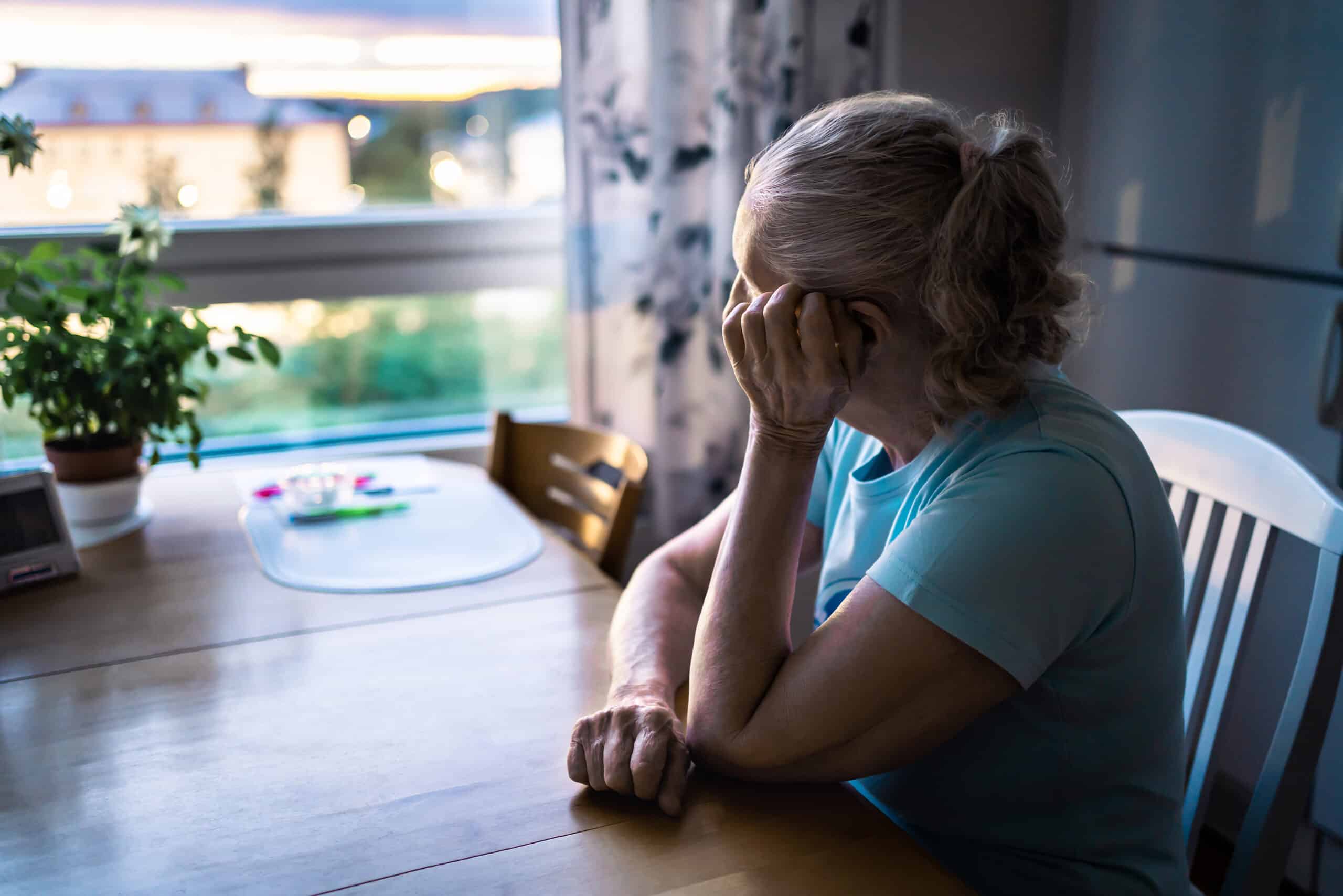
Frequently Asked Questions
What is the primary purpose of fall detection systems?
The primary purpose of fall detection systems is to provide timely assistance to seniors who experience falls, reducing the risk of prolonged injury and enhancing their safety and independence.
How can families choose the right fall detection system for their loved ones?
Families should consider the specific needs and lifestyle of the senior when selecting a fall detection system, taking into account factors such as mobility, living arrangements, and technology preferences.
Are fall detection systems easy to use?
Yes, many modern fall detection systems are designed to be user-friendly and require minimal setup, ensuring that seniors can benefit from the technology without feeling overwhelmed.
This article contains affiliate links. We may earn a commission at no extra cost to you.

